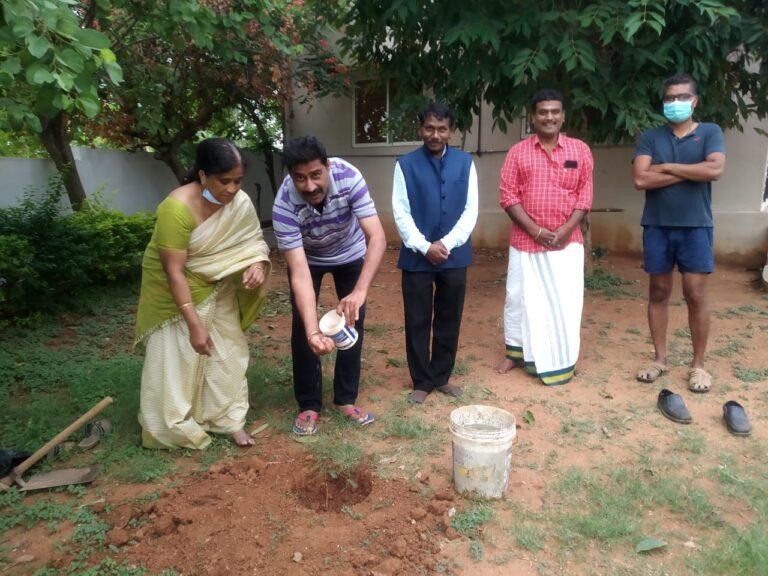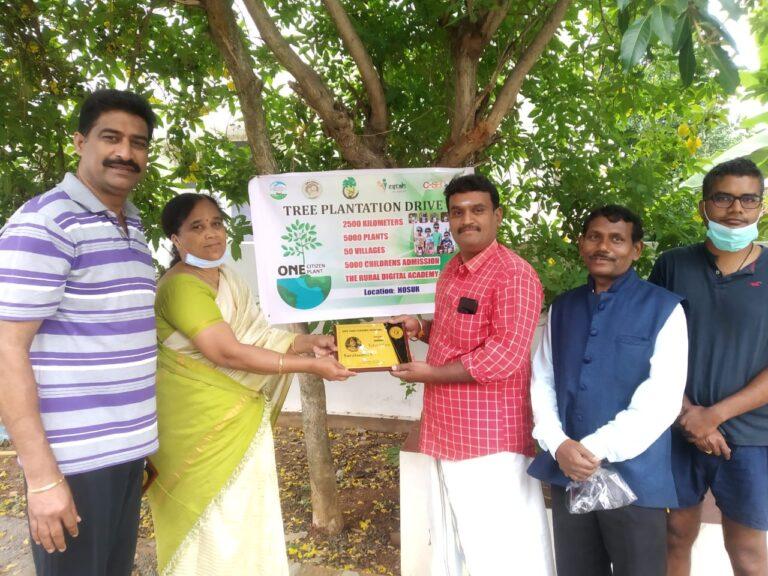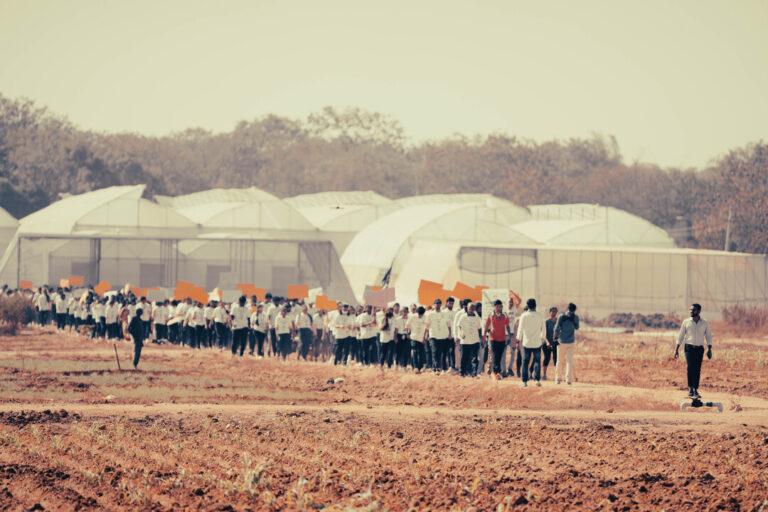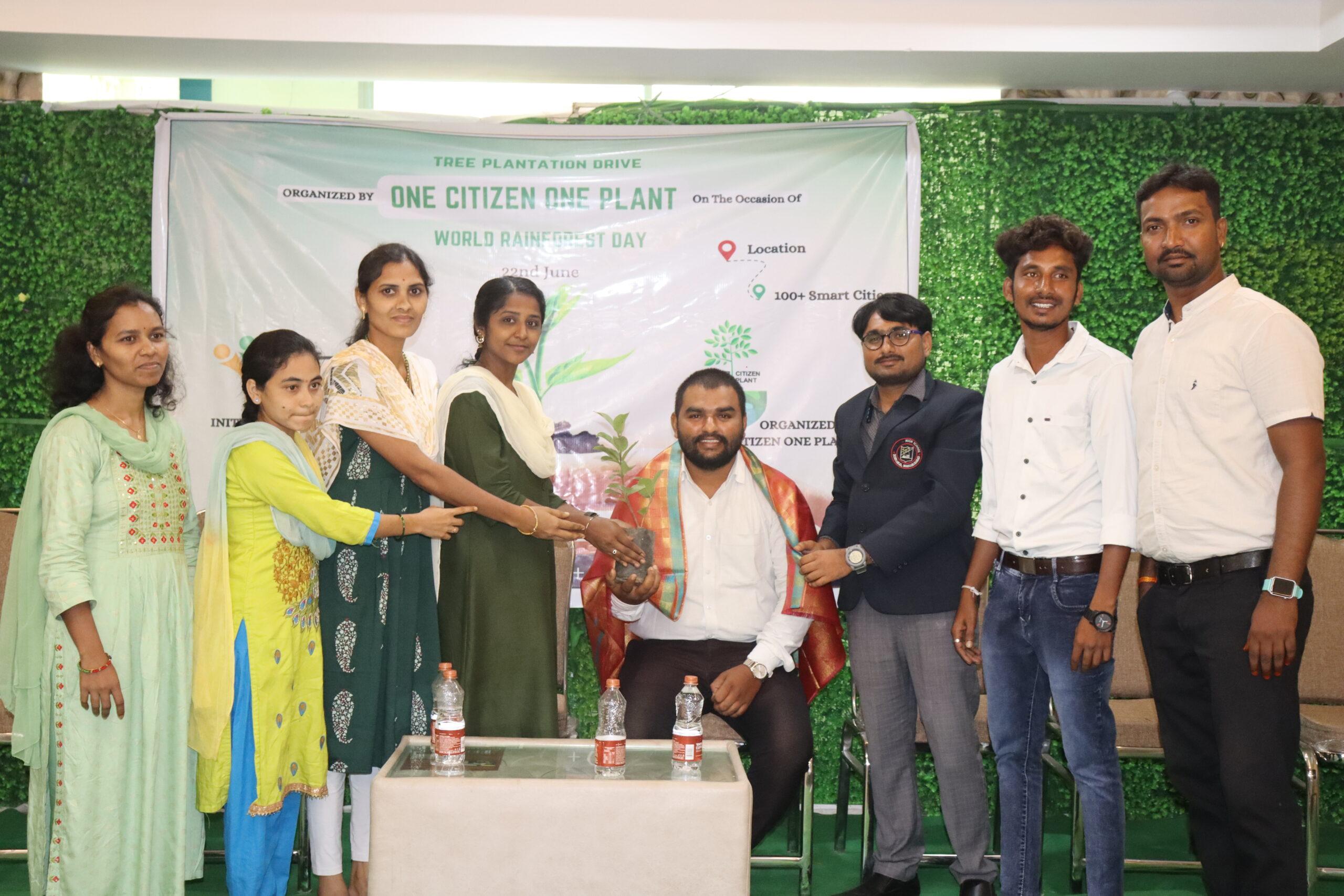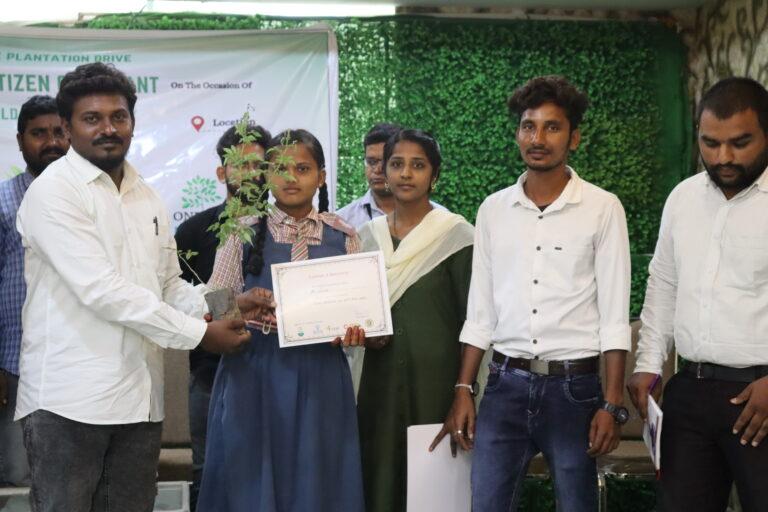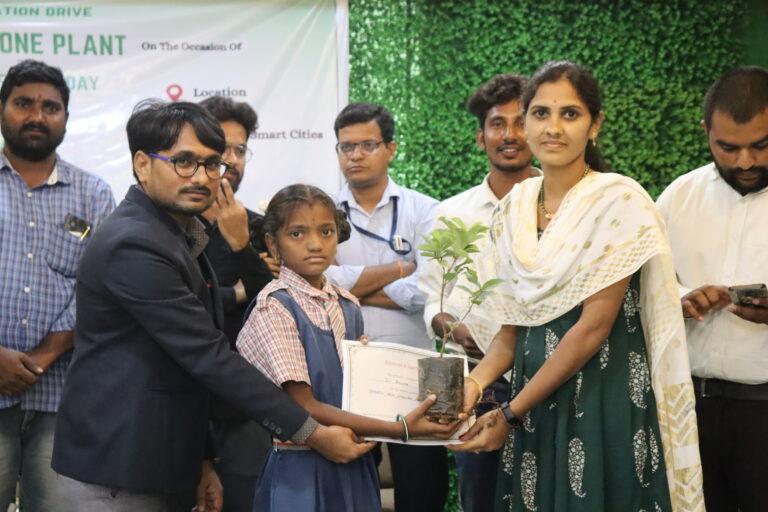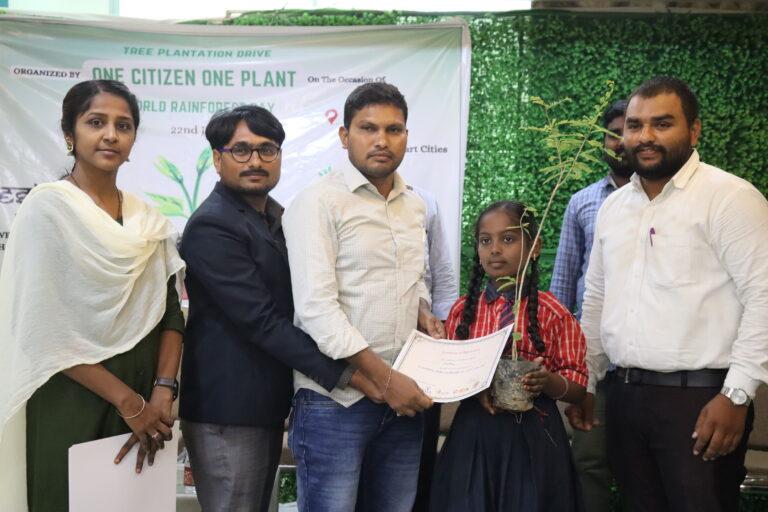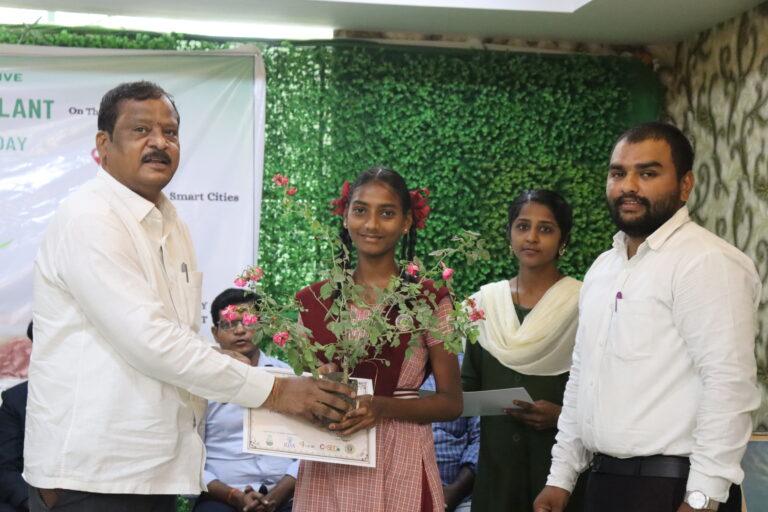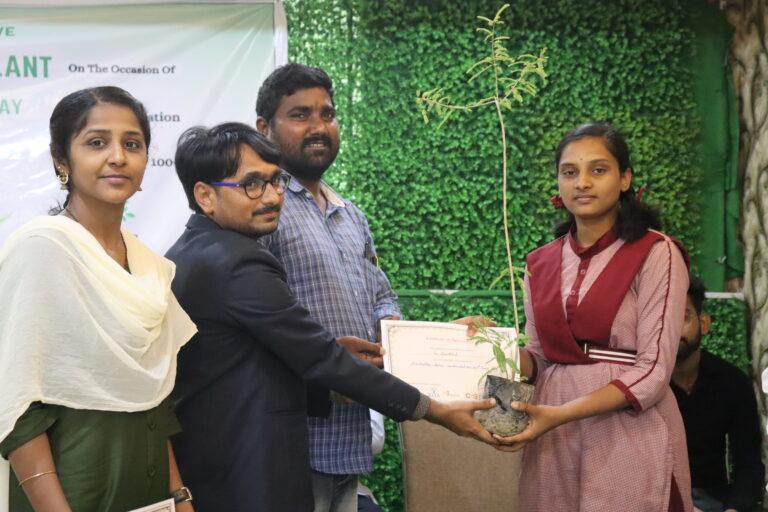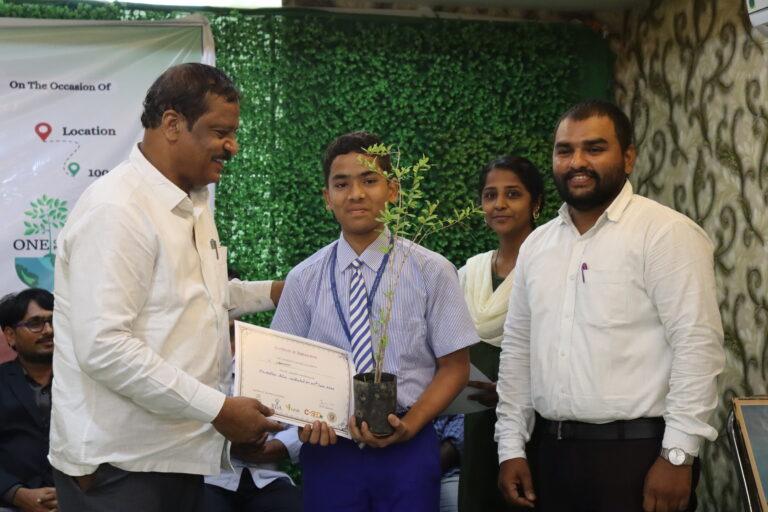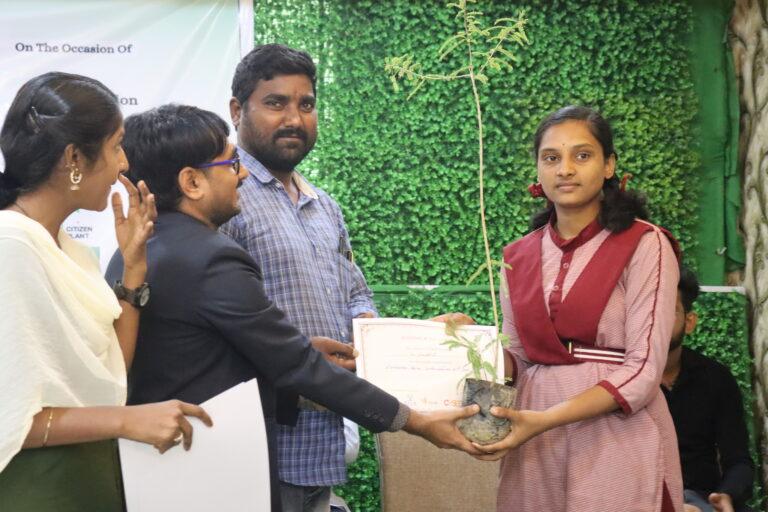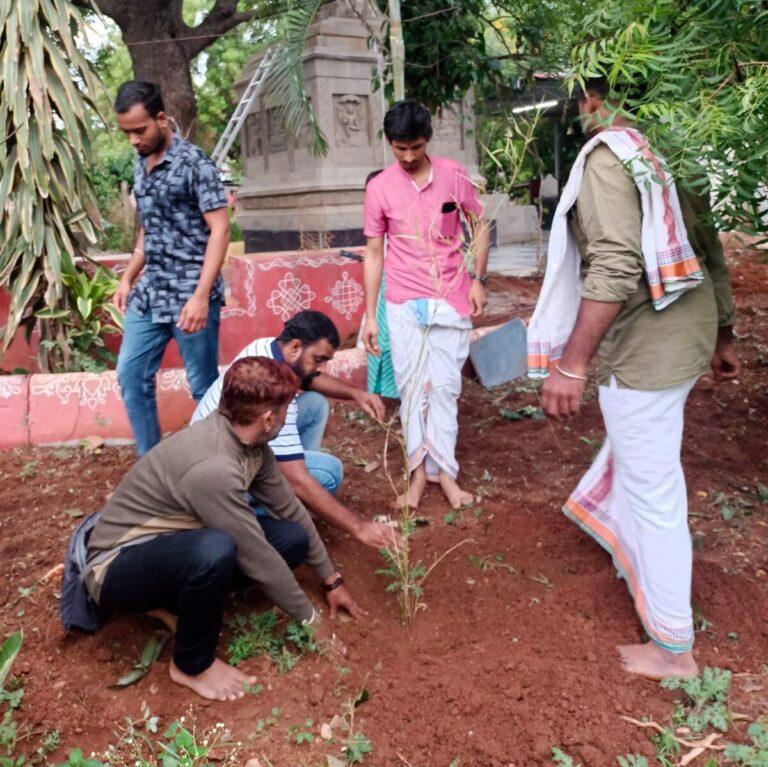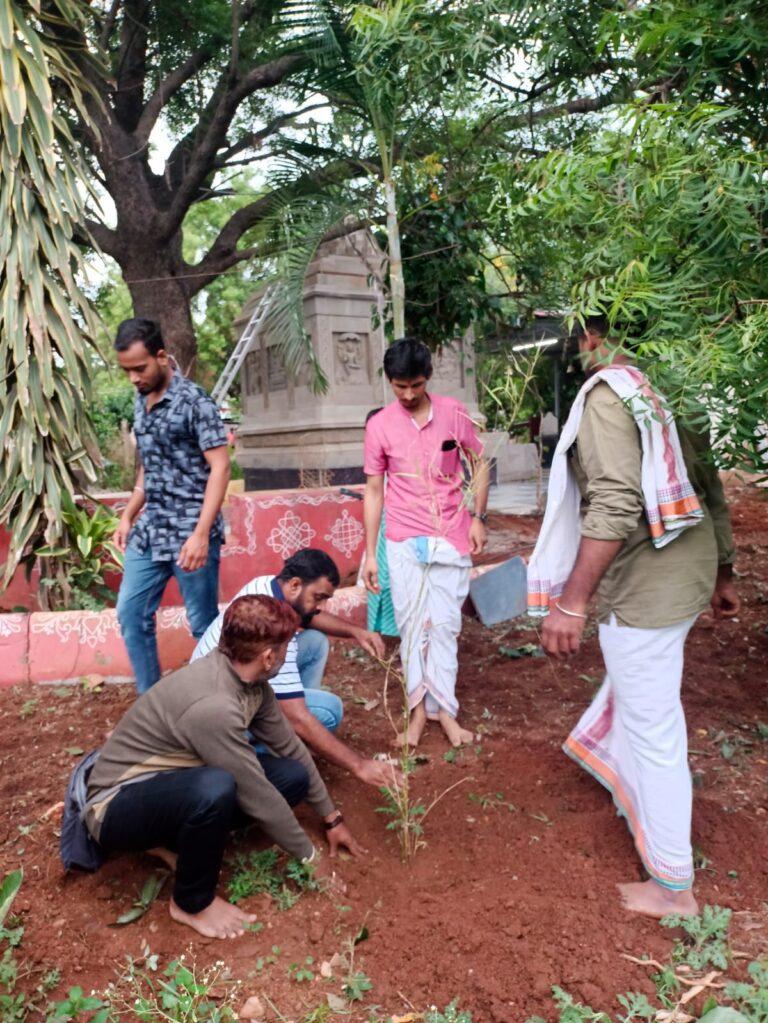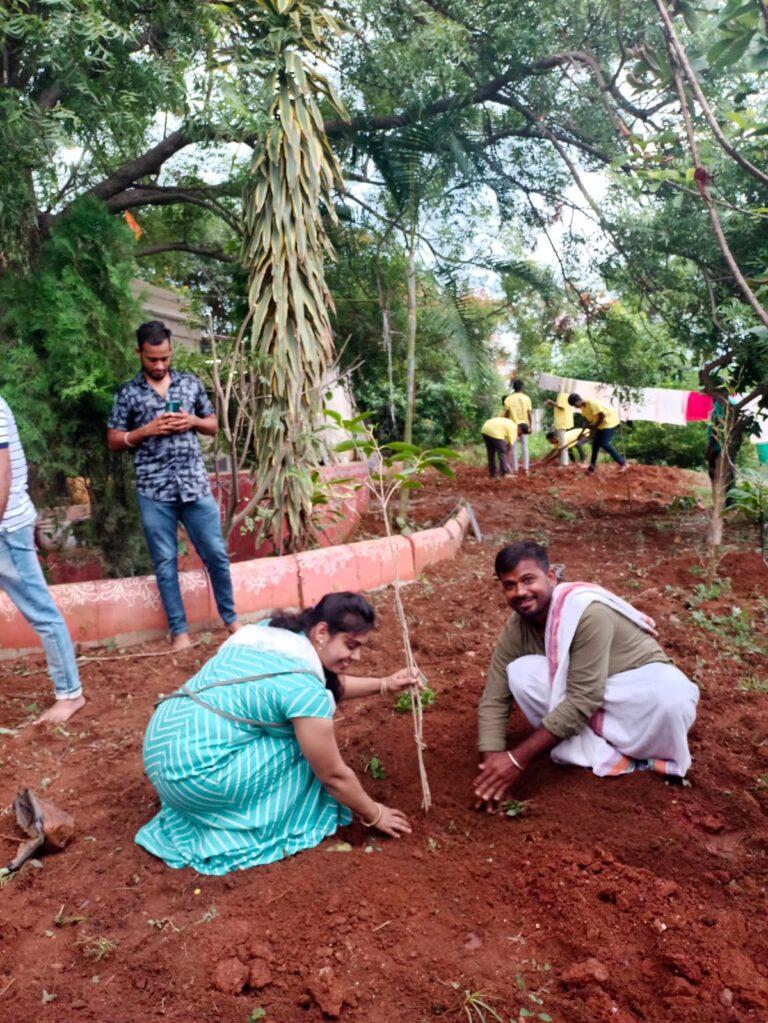Plant a Tree, Plant a Future
Join our community-led plantation drives that heal the planet, uplift communities, and deliver measurable climate impact.
Why Plantation Drives Matter
Climate Impact
22kgCO₂ absorbed per year by one mature urban tree, cutting local pollution and global warming.
Biodiversity Boost
18×More species supported by Native Miyawaki forests that grow 10× faster than conventional methods.
Community Health
4°CTemperature reduction from dense green cover, improving respiratory health in urban areas.
Livelihoods
5,700+Families benefited through rural farmers earning from tree stewardship and CSR projects.
Our Plantation-Drive Model
Site Selection
Degraded city land, school grounds, village commons
Native Species Blueprint
30-45 local species mixed densely (Miyawaki method)
Community Onboarding
Train students, SHGs, and corporate volunteers
Three-Year Stewardship
Drip irrigation, mulching, survival audits
Impact Dashboard
Geo-tagged photos, CO₂ offset stats, growth updates
Benefits by Stakeholder
| Stakeholder | Key Benefits |
|---|---|
| Individuals |
• Hands-on green skills training • Better health & climate resilience • Livelihood pathways with stipends • Purpose & pride with tagged saplings |
| Industry / Corporate CSR |
• ESG & CSR-aligned impact • Access to rural markets • Low-risk, high-impact exposure • National visibility & legacy leadership |
| Educational & Civic Institutions |
• Climate recognition & green-campus credentials • NEP 2020-aligned service-learning • Student-led enterprises opportunities • Revenue share from circular-economy businesses |
Success Stories
Sama, Vadodara (Gujarat)
Barren plot transformed into a thriving mini-forest in just 18 months, supported by Worley India CSR. The project has revived local biodiversity and created a green lung for the community.
"Go Green" Campaign with Tata Motors
Successfully planted 100,010 healthy trees, reviving lost biodiversity and securing farmer income. This massive initiative has become a model for corporate environmental responsibility.
Gallery
Get Involved
Frequently Asked Questions
We consult local forest-department inventories and botanists to ensure ecological suitability for each planting site.
We re-plant within the first 12 months at no extra cost to maintain a ≥90% survival rate.
Yes — every donor receives geo-tagged photos and quarterly growth updates via email.
Donations qualify under Section 80G; you will receive an e-receipt instantly.


